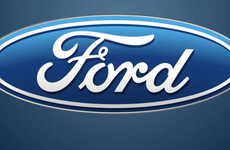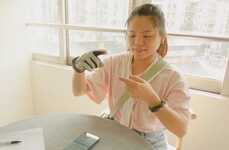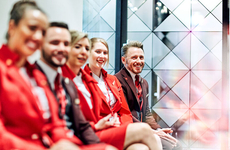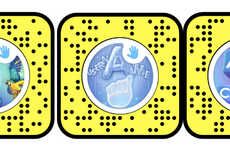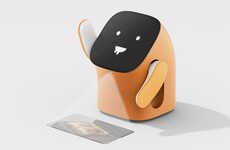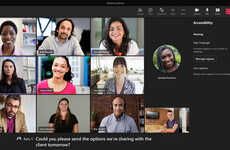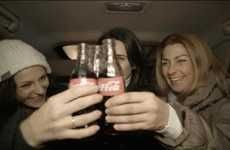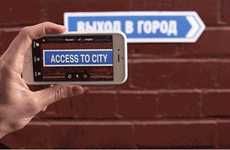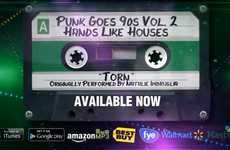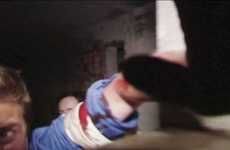
This Couple Performs a Grease Number in Their Sign Language Music Video
Alyson Wyers — August 6, 2014 — Pop Culture
This heart warming rendition of 'You're the One That I Want' from Grease takes the form of an American Sign Language music video. Starring Tina and Paul Sirimarco, the ASL sing-a-long occurs in a car. Their adorable take on the theatrical number is performed entirely in American Sign Language. Tina is a sign language interpreter and Paul learned how to sign because of his love for Tina and performing songs like this together.
This sign language music video is not the only one on their channel -- Tina also performs Beyoncé's 'Halo,' Glee's version of 'Don't Stop Believing,' 'You've Got a Friend In Me' and 'Don't Go Breaking My Heart.' The Four Seasons' 'Oh What a Night' also takes place in a car.
This sign language music video is not the only one on their channel -- Tina also performs Beyoncé's 'Halo,' Glee's version of 'Don't Stop Believing,' 'You've Got a Friend In Me' and 'Don't Go Breaking My Heart.' The Four Seasons' 'Oh What a Night' also takes place in a car.
Trend Themes
1. Signed Musical Covers - Opportunity to create a platform or app where sign language interpreters can perform popular songs and share on social media platforms, generating recognition, followers, and potential revenue for themselves and the music industry.
2. ASL Interpreter Market - Opportunity to expand the market for American Sign Language interpreters in the entertainment industry, including musical performances, in order to make videos like this more possible and accessible to the deaf and hard of hearing community.
3. Accessible Music Streaming Services - Opportunity to develop more accessible music streaming services that cater to the deaf and hard of hearing communities, with features such as visual display of lyrics and signing.
Industry Implications
1. Music and Entertainment - Music industry has the potential to be more inclusive and culturally diverse by finding innovative solutions to its accessibility issues for deaf and hard of hearing individuals.
2. Education and Training - The education and training industry has the opportunity to develop courses and initiatives that help to make learning ASL more accessible and popular.
3. Technology and Software Development - Technology and software development industry can capitalize on the potential need for new apps and platforms that cater to the needs of the deaf and hard of hearing, and increase access to social and cultural events like musical performances.
3.3
Score
Popularity
Activity
Freshness


